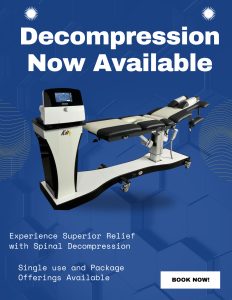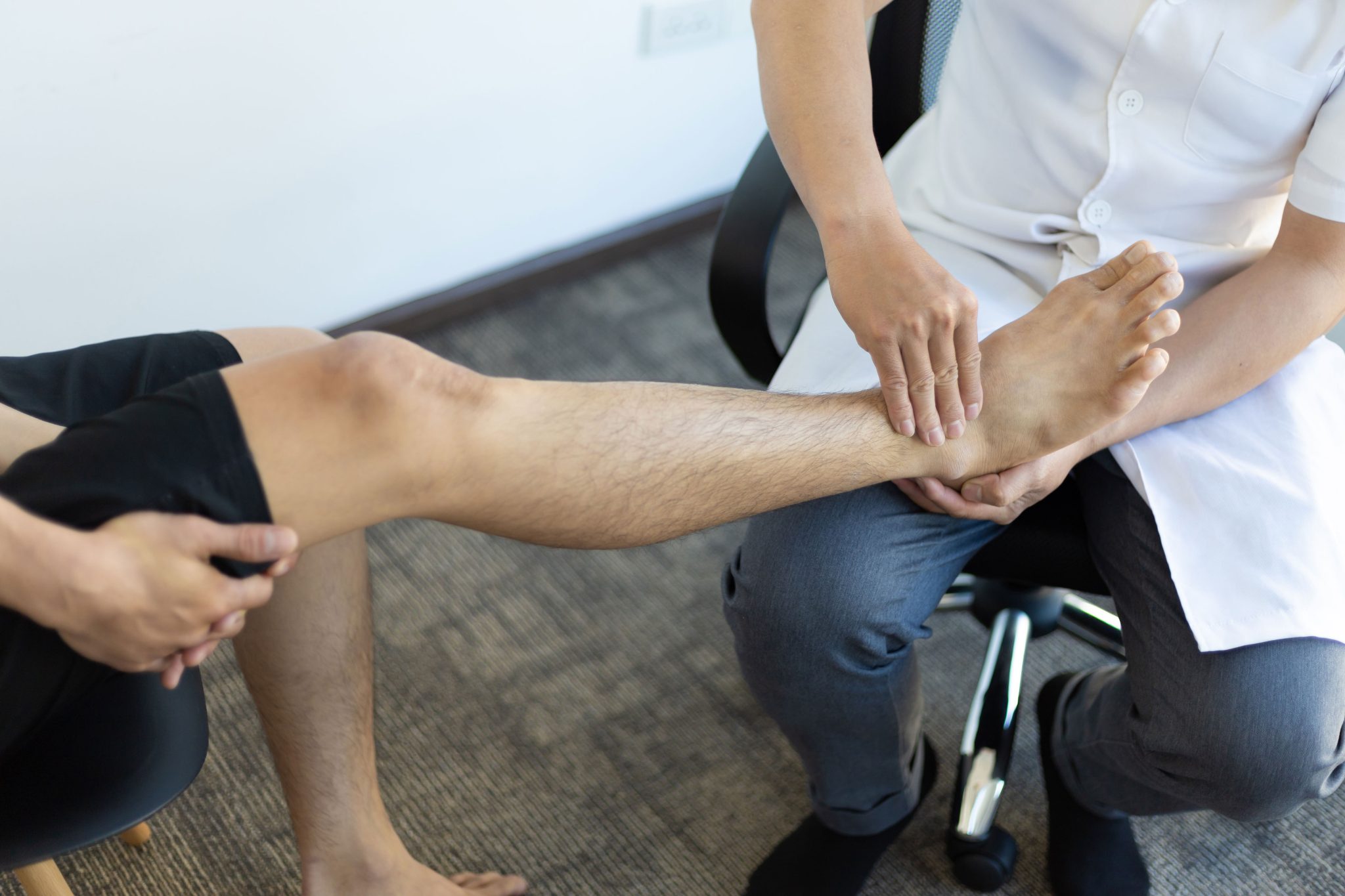Your spine does a lot for you—it keeps you upright, helps you move, and protects the nerves that connect your brain to the rest of your body. When everything’s working the way it should, you probably don’t give it a second thought. But when something’s off, it can show up in ways you might not expect.
A lot of people live with signs of spinal dysfunction for years, assuming their symptoms are just part of getting older or the result of stress. They adjust their routines and push through, not realizing there might be a treatable root cause. The more you know about what to look for, the easier it is to get help before things get worse.
Common Signs Your Spine Isn’t Functioning Optimally
Spinal dysfunction rarely announces itself with a clear, unmistakable signal. Instead, it often appears as a collection of seemingly unrelated symptoms that develop gradually over time. Here are seven key indicators that your spine may need attention.
1. Recurring Headaches
Headaches are among the most common health complaints, but frequent headaches are not normal or inevitable. Many chronic headaches, particularly those that originate at the base of the skull and radiate forward, are linked to dysfunction in the cervical spine (neck).
When the upper cervical vertebrae become misaligned, they can create tension in the surrounding muscles and irritate nerves that refer pain to the head. This type of headache often worsens with prolonged desk work or screen time and may be accompanied by neck stiffness.
2. Uneven Shoe Wear
Take a moment to examine the soles of your most frequently worn shoes. Do they show uneven wear patterns? This seemingly minor detail can be a revealing sign of spinal imbalance.
When your spine is misaligned, it often creates subtle shifts in your posture and gait. You may unconsciously distribute your weight unevenly as you walk, causing one shoe to wear down faster than the other or in different areas. This uneven wear pattern doesn’t just mean you’ll need to replace your shoes more often—it indicates that your body is compensating for spinal dysfunction.
3. Difficulty Taking a Deep Breath
Your ribcage attaches directly to your thoracic spine (mid-back), creating a flexible cage that protects your vital organs while allowing your lungs to expand. When thoracic vertebrae lose their proper motion, the attached ribs cannot move as freely, potentially restricting your breathing capacity.
4. Poor Sleep Quality
Do you struggle to find a comfortable sleeping position? Do you wake up feeling stiff or unrested despite adequate hours of sleep? Spinal dysfunction may be a contributing factor.
When your spine lacks proper alignment, your body must work constantly to stabilize and protect itself, even during sleep. This ongoing muscular effort prevents complete relaxation and may disrupt the deeper stages of sleep that are essential for restoration and healing.
Additionally, spinal misalignments can create uncomfortable pressure points that prompt you to shift positions frequently throughout the night, further fragmenting your sleep. Many patients report significant improvements in sleep quality after beginning chiropractic care, even when better sleep wasn’t their original goal.
5. Reduced Mobility and Stiffness
The gradual loss of mobility that many people associate with “getting older” is often more related to spinal dysfunction than age itself. When vertebrae lose their normal motion patterns, the surrounding muscles typically tighten in response, creating a cycle of increasing restriction.
This stiffness might manifest as difficulty turning your head while driving, needing to use your arms to help you get out of a chair, or finding it harder to perform routine activities like putting on shoes or reaching overhead. Rather than accepting these limitations as inevitable, consider them valuable signals that your spine needs attention.
6. Numbness or Tingling in Extremities
Sensations of numbness, tingling, or “pins and needles” in your hands, arms, feet, or legs often indicate nerve irritation. While these symptoms can have various causes, spinal dysfunction is a common culprit that’s frequently overlooked.
The nerves that serve your extremities exit your spinal cord through small openings between vertebrae. When vertebrae become misaligned, these openings can narrow, potentially compressing or irritating the nerves as they pass through. This compression may cause altered sensations along the path of the affected nerve.
7. Recurring Digestive Disturbances
The connection between your spine and digestive function may seem surprising, but it’s well-established in clinical practice. The nerves that control your digestive organs exit from your thoracic and lumbar spine, and dysfunction in these areas can disrupt normal digestive processes.
Symptoms like bloating, constipation, or general digestive discomfort may have a spinal component, particularly when conventional treatments provide only limited relief. Many patients report improvements in longstanding digestive issues after receiving chiropractic care focused on the areas of the spine connected to digestive function.
If you’ve recognized several of these signs in your own experience, your spine may be functioning below its optimal potential. The good news is that many spinal dysfunctions respond well to appropriate chiropractic care, even if they’ve been present for years.
With the help of your Parker and Highlands Ranch chiropractors, you can get back to feeling your best. At Awaken Chiropractic, our team is ready to guide you toward optimal health; book your appointment with us today!







